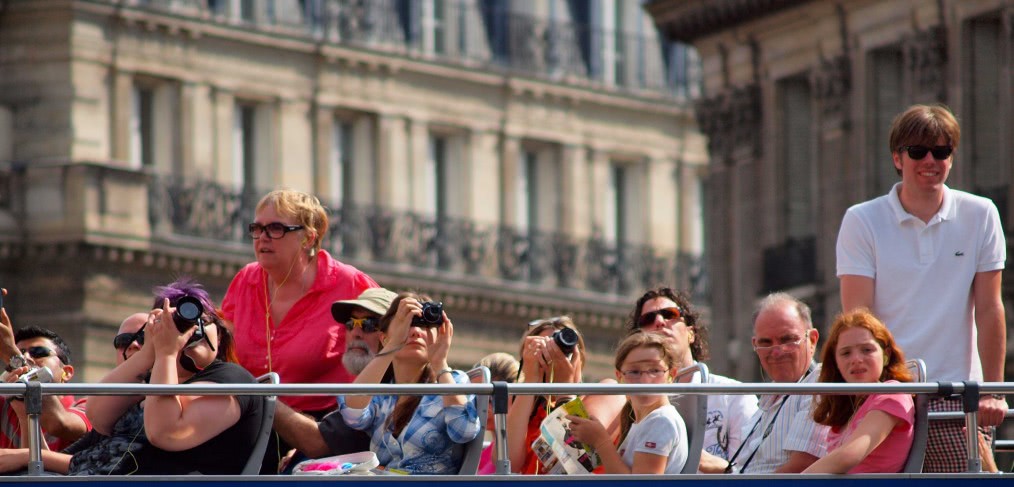
Staying in Character
How can cities boost tourism through design?
Hoping to bounce back more fully from the recession, places from Dubai, to Chicago to Tasmania are trying to bring in more tourists with meticulously planned ad campaigns that all try to answer the same question: what makes people want to visit your city? Some of the most successful city branding initiatives have certainly helped boost tourism numbers (I <3 NY or What Stays in Vegas, anyone?), but people don’t choose vacation destinations by branding alone. More and more, people are looking for an authentic experience and as designers, if we really want to help improve a place economically and aesthetically, that’s where we need to start. In fact, the trend in travel has been moving away from the predictable, “Disneyland” experience for a while; travelers want history, culture and an off-the-beaten-path trip and in the best case scenario, architects and planners propagate that with their work.
When an area or a particular structure comes up for redevelopment, someone always wants to obliterate it in favor of some new vision. To be sure, that’s sometimes the right way to go, but when we already have a strong sense of place, our best bet is to work with it. In the end, it’s also the much more sustainable option to retrofit an existing building than to build from scratch. Westfield San Francisco Centre is a great example of using a building’s framework and legacy to our advantage. We kept the Emporium’s signature dome and façade and the mall now attracts upwards of 25 million customers per year, not to mention the 3,350 permanent jobs the project created for the community.
We’re facing a similar challenge in New Orleans with the World Trade Center building—there’s some support from local groups to knock it down, but we think it’s worth keeping. It was the first world trade center ever, out of more than 300 now, which is reason enough to reconsider its demolition. It’s just shy of being eligible for national historic registry status, but it’s been a part of the skyline in New Orleans for decades and it’s iconic in its own funky way. Instead of knocking down a piece of the city’s history, a city that has already seen so much destruction in recent years, why not celebrate this piece of the past?
New Orleans’ goal is to increase tourism from 9 million to 13 million by 2018, the city’s 300th anniversary. It can be a struggle for designers to create the type of “sense of place” that makes for a world-class city, but New Orleans already has it—why start over when we can work with what’s already there? We can rethink the area around the World Trade Center without razing the building itself and we see a renovation of the existing building as a catalyst to expanding life on the waterfront, fostering connections to the rest of the city. As Bob Dylan said of New Orleans, “The past doesn’t pass away so quickly here,” and we shouldn’t try to destroy that.
Image via Flickr (zoetnet)
